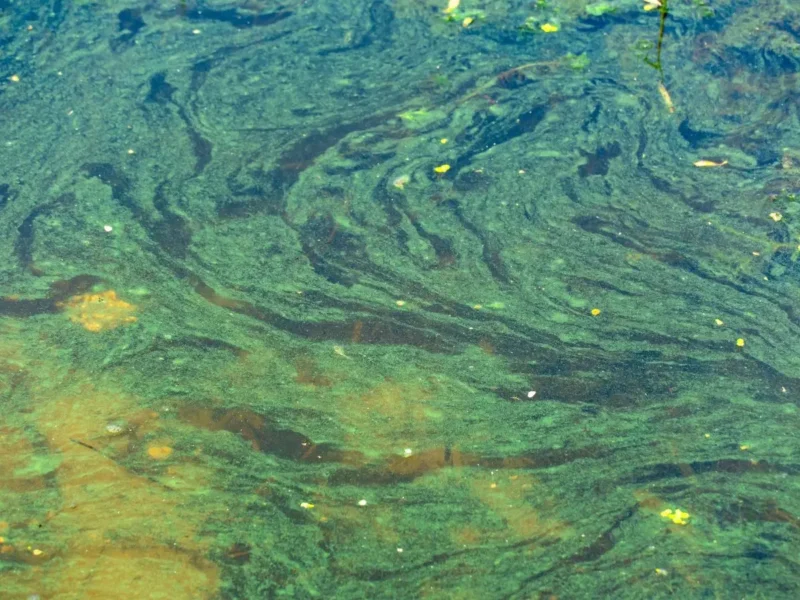With the onset of increased hours of sunlight comes a nasty by-product of human activity, tropospheric ozone. It’s a type of air pollution associated with summer smog.
Unlike most other air pollutants, ozone is not directly emitted into the air. Tropospheric ozone, a secondary pollutant, is formed by the interaction of sunlight, carbon monoxide, methane, volatile organic compounds and nitrogen oxides. High levels usually occur during warm summer months, typically reaching their peak in mid to late afternoon.
A classic trans-boundary pollutant, ozone typically forms from precursor pollutants emitted in other regions, or even countries, and is often transported over long distances in the atmosphere. As such, it can significantly contribute to local and regional air pollution episodes.
Since 1900, the amount of ground-based ozone has more than doubled due to the increased activity of transportation and industry (Ozone in the troposphere, UCAR).
Ozone has a range of harmful impacts on human health. It can react with almost all biological tissues, resulting in a variety of adverse health effects but most significantly in respiratory conditions. Exposure to background levels of ozone can also damage biochemical, reproductive and cellular processes within plants, which in turn harms fragile ecosystems.
Bearing all this in mind the requirement to monitor tropospheric ozone is substantial.
Cura Terrae Air have been at the forefront of air quality monitoring equipment supply market since 1983. With almost 40 years of experience under our belts, we have the knowledge to help provide you with the right ozone monitoring technology to suit your needs.
Be ahead of the game this summer, contact Cura Terrae to discuss monitoring Ozone with one of our specialists.













